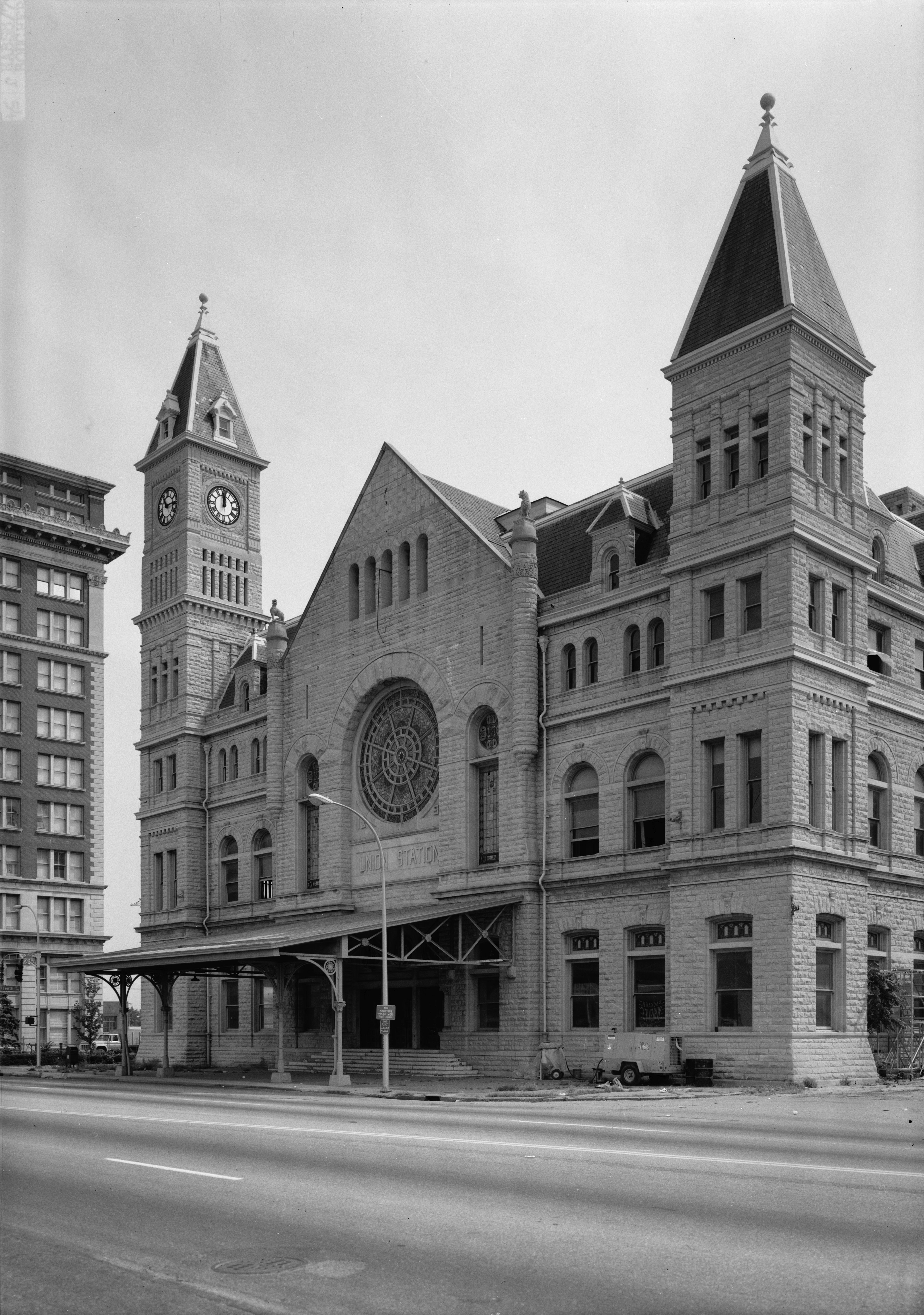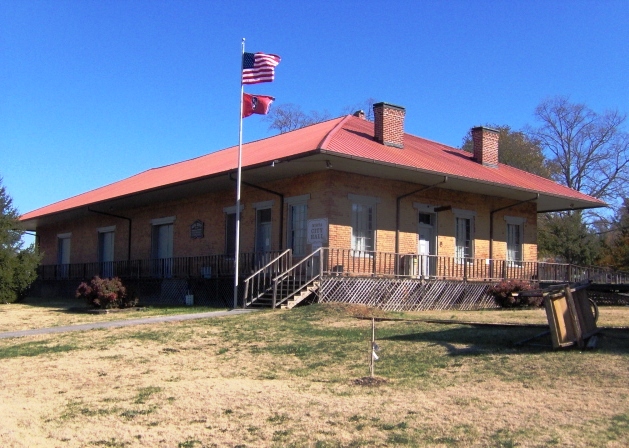|
Frederick R. De Funiak
Frederick R. De Funiak was an officer in the Confederate States Army during the American Civil War. Later he became a successful railroad engineer and an official of the Louisville and Nashville Railroad. DeFuniak Springs, Florida, is named for him. Biography De Funiak was born in Rome, Papal States, on August 5, 1839, and came to America in 1862. He enlisted in the Confederate Army as captain in the engineering department and later was promoted to lieutenant-colonel. After the war ended in 1865 he became resident engineer for the Memphis and Charleston Railroad, and in 1869 was appointed chief engineer of the Ripley Railroad. In 1870, the Memphis & Charleston, the Mississippi Central Railroad, and the East Tennessee, Virginia and Georgia Railway roads sent Colonel De Funiak abroad to study European railroad construction methods, and when he returned a year later, he accepted the position of superintendent of machinery with the Louisville & Nashville. Later he was, for a number of ... [...More Info...] [...Related Items...] OR: [Wikipedia] [Google] [Baidu] |
Louisville And Nashville Railroad
The Louisville and Nashville Railroad , commonly called the L&N, was a Class I railroad that operated freight and passenger services in the southeast United States. Chartered by the Commonwealth of Kentucky in 1850, the road grew into one of the great success stories of American business. Operating under one name continuously for 132 years, it survived civil war and economic depression and several waves of social and technological change. Under Milton H. Smith, president of the company for 30 years, the L&N grew from a road with less than of track to a system serving fourteen states. As one of the premier Southern railroads, the L&N extended its reach far beyond its namesake cities, stretching to St. Louis, Memphis, Atlanta, and New Orleans. The railroad was economically strong throughout its lifetime, operating freight and passenger trains in a manner that earned it the nickname, "The Old Reliable." Growth of the railroad continued until its purchase and the tumultuous rail ... [...More Info...] [...Related Items...] OR: [Wikipedia] [Google] [Baidu] |
East Tennessee, Virginia And Georgia Railway
The East Tennessee, Virginia and Georgia Railroad (ETV&G) was a rail transport system that operated in the southeastern United States during the late 19th century. Created with the consolidation of the East Tennessee and Virginia Railroad and the East Tennessee and Georgia Railroad in 1869, the ETV&G played an important role in connecting East Tennessee and other isolated parts of Southern Appalachia with the rest of the country, and helped make Knoxville one of the region's major wholesaling centers. In 1894, the ETV&G merged with the Richmond and Danville Railroad to form the Southern Railway. While efforts to establish a railroad in East Tennessee began in the 1830s, financial difficulties stalled construction until the late 1840s. The East Tennessee and Georgia Railroad was built between 1847 and 1859, connecting Knoxville, Tennessee, with Dalton, Georgia.Interstate Commerce Commission. ''Southern Ry. Co.'', Volume 37, Interstate Commerce Commission Valuation Reports, Novem ... [...More Info...] [...Related Items...] OR: [Wikipedia] [Google] [Baidu] |
Immigrants To The United States
Immigration has been a major source of population growth and Culture of the United States, cultural change throughout much of the history of the United States. In absolute numbers, the United States has a larger immigrant population than any other country in the world, with 47 million immigrants as of 2015. This represents 19.1% of the 244 million international migrants worldwide, and 14.4% of the United States' population. According to the 2016 Yearbook of Immigration Statistics, the United States admitted a total of 1.18 million legal immigrants (618k new arrivals, 565k status adjustments) in 2016. Of these, 48% were the immediate relatives of United States citizens, 20% were family-sponsored, 13% were refugees or asylum seekers, 12% were employment-based preferences, 4.2% were part of the Diversity Immigrant Visa program, 1.4% were victims of a crime (U1) or their family members were (U2 to U5), and 1.0% who were granted the Special Immigrant Visa (SIV) for Iraqis and Af ... [...More Info...] [...Related Items...] OR: [Wikipedia] [Google] [Baidu] |


.jpg)